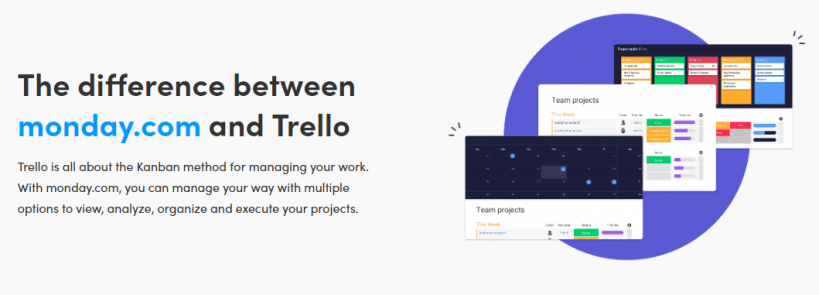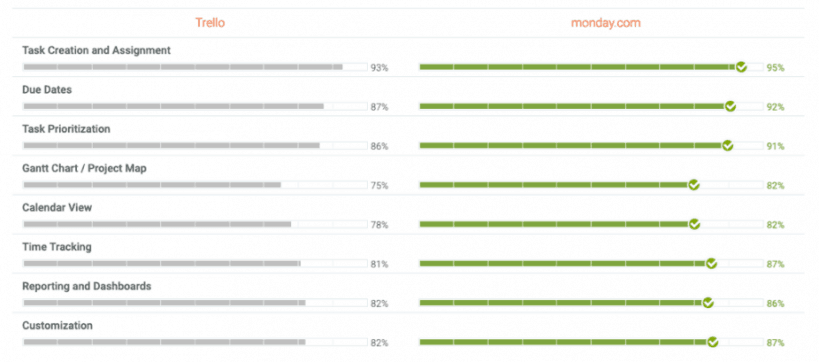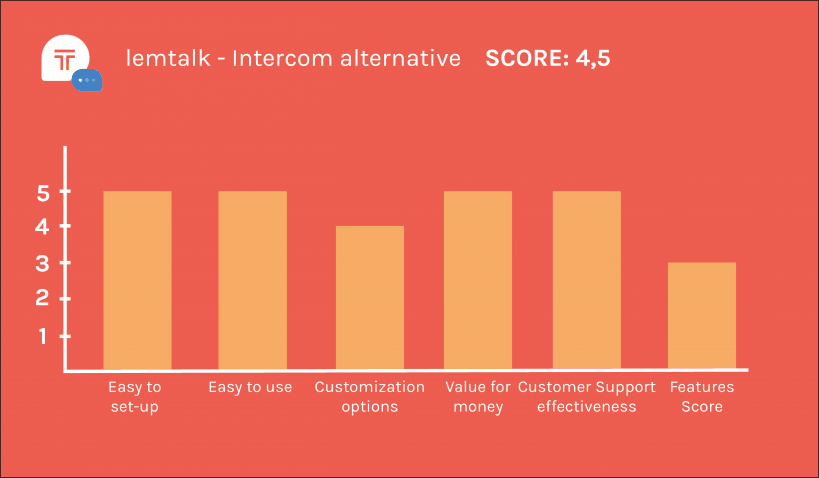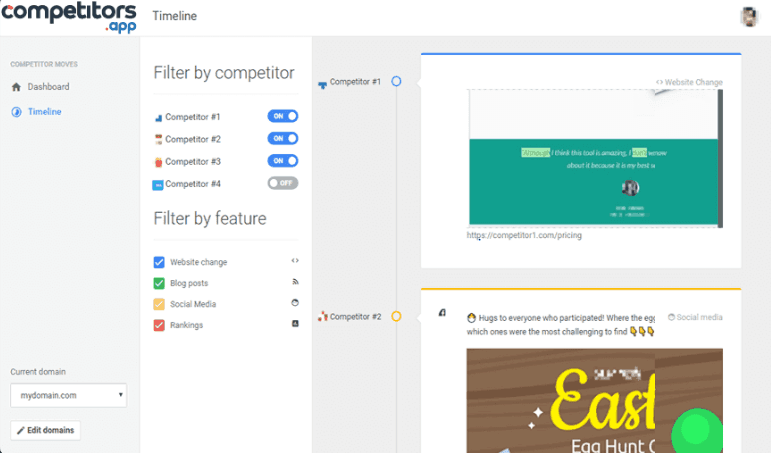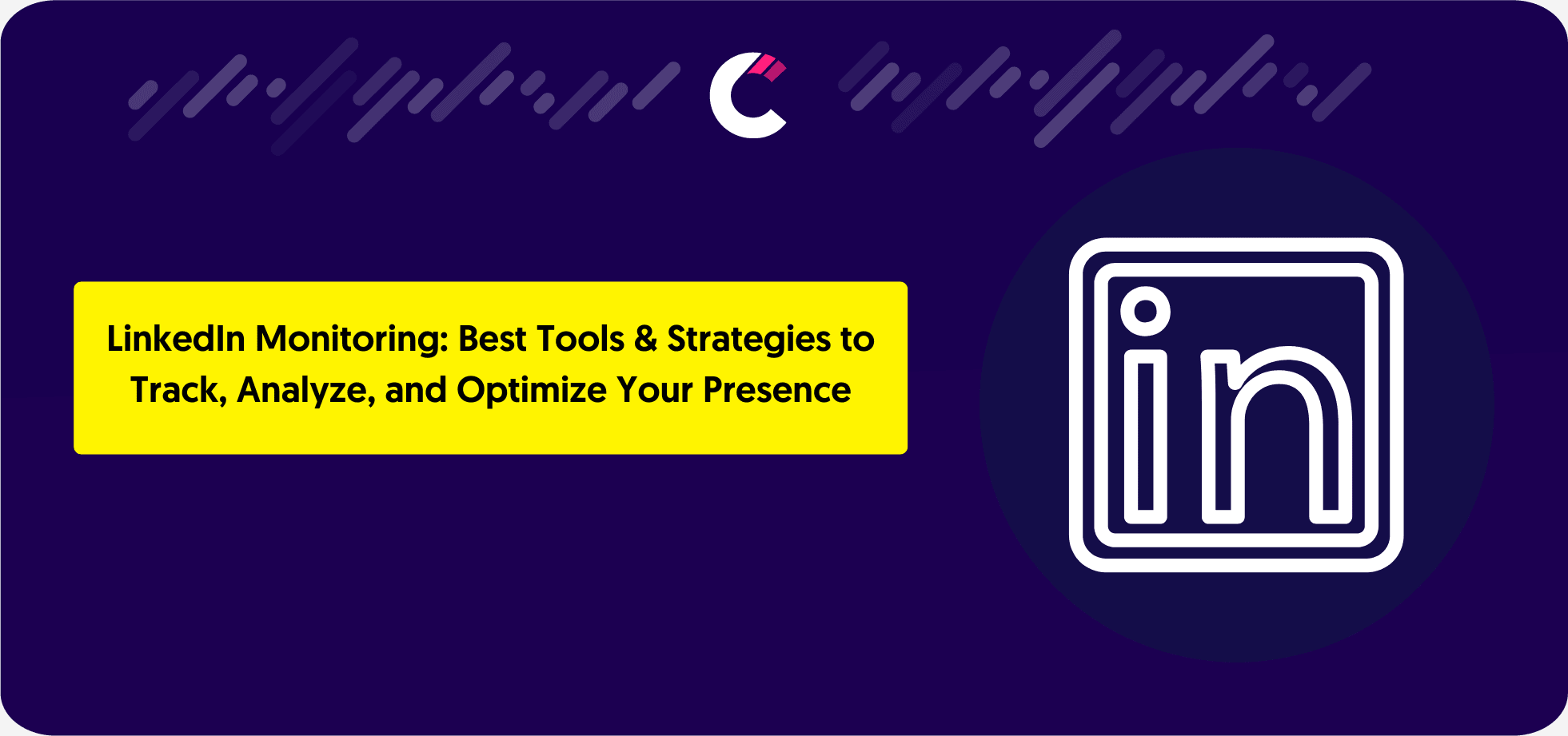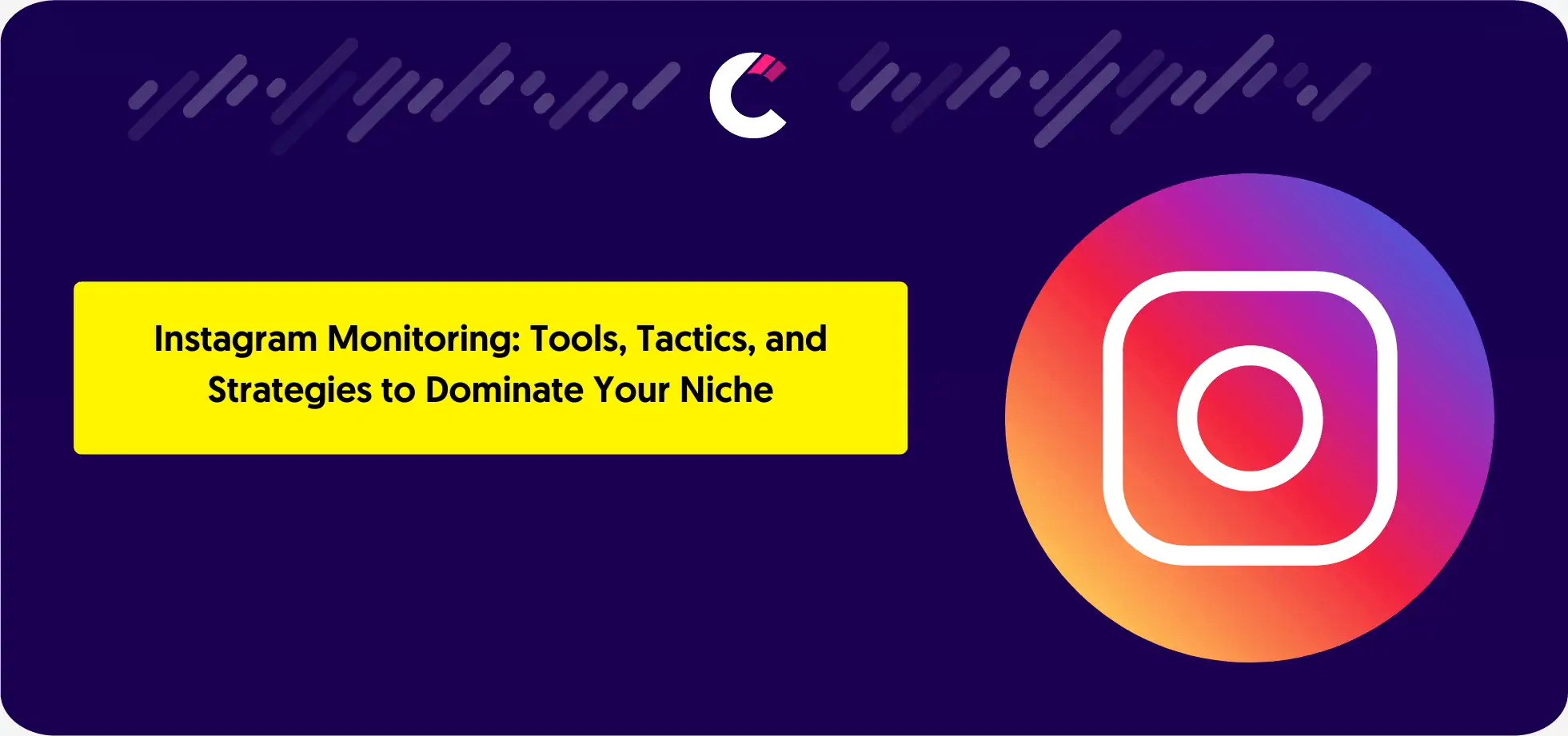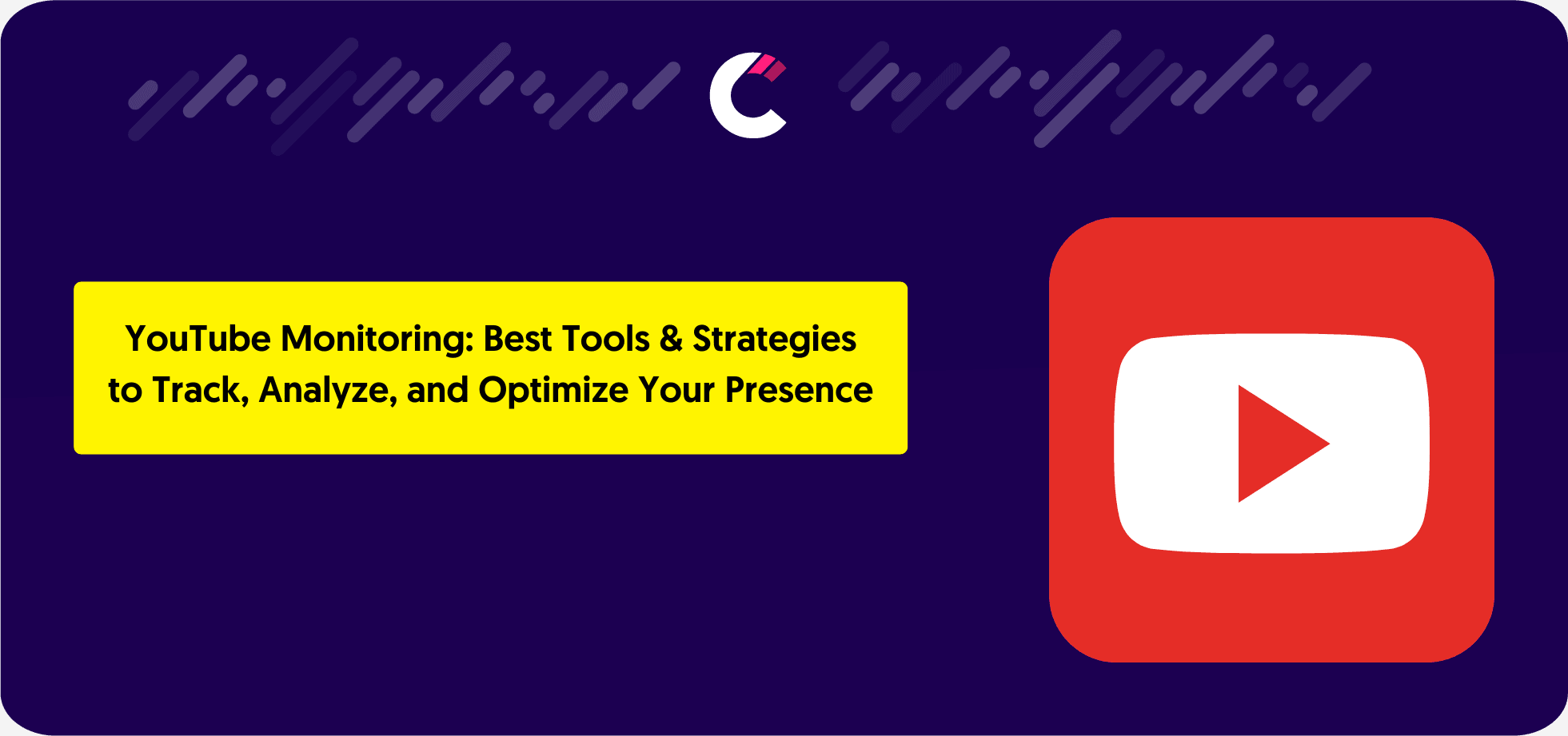Have you ever thought about how, no matter how hard you tried to make a better product or service, people are still not able to find out about you?
The market is overwhelming, and competition is enormous.
You spend your budget on commercials, but conversions are still not happening.
And, while you’re trying your best, everyone is talking about your competitors.
Fortunately, there are ways to make your business a “well-oiled machine” for recapturing competitor’s customers.
If you think that such a thing is not a ”fair fight”, do not worry. With these five solutions we have chosen for you, the competition with competitors remains within fair-play.
Continue reading this article, and it will become much clearer to you how to do that.
1. Create a high-converting landing page with competitor comparisons
Creating a landing page on which you can compare your brand with a competitive one might bring you much higher conversions.
But, you should be completely objective and insist on fair-play.
Before you begin making a landing page, keep in mind the following:
- Never try to add negative attributes to competitors that do not exist, just because you want to stand out in comparison to them.
- Don’t promise what you can’t do, because, after that, disappointment by the visitors of your landing page arises. If their expectations are not fulfilled, they are doubtful to return to your website.
After understanding these items, start creating the page.
Find the competitor that is more popular than you, but the one from whom, in reality, you can offer a better solution for your target group.
It’s up to you to take advantage of their popularity to get more customers and, what’s more important, your competitors’ customers.
Why is it essential that the competitor you compare yourself with has to be more popular than you or at least someone who’s your equal?
Because when people search, e.g., Trello, there will also be both those who have mentioned him on their websites and his alternatives.
In this way, someone who is not completely satisfied with the service that Trello provides will be able to choose one of its competitors who offer him with better user experience. Someone who suits his needs more.
To make it clearer, look at the following example that monday.com did with Trello.
First of all, as soon as you enter their landing page, you will see what the primary purpose of the monday.com tool is.
They then point out why they are a better option than Trello:
Then their features come to the visitor’s attention, and only at the end, when the visitor goes through all this information, the key proof is waiting for him.
It’s a comparison report that shows them black-and-white results, that is, why they should choose them and not their biggest competitor.
When you create your landing page to recapture competitor’s customers, you do not have to follow this example blindly.
Use it as an idea in which order should the information go when you decide to write your comparison.
First, introduce people into your mission and purpose, and then point out key differences and evidence.
In the end, do not forget to set up a CTA button so people could be able to try out your product or service as soon as possible if they wanted to.
2. Write a catchy and objective article
Competitive analysis is another great way to recapture competitors’ customers.
The catchy and objective article will attract the attention of your competitors.
If they are not satisfied with a particular segment of your service or want to try something else, this is an excellent opportunity for you to introduce yourself to them.
Choose a few competitors and compare their offers and features with yours.
Don’t forget to write a realistic comparison. Do not present your competitors in a negative way only.
Look how lemtalk wrote an article about Intercom alternatives.
- lemtalk
- HelpCrunch
- Drift
- Zendesk
Lemtalk gave feedbacks about each of the four mentioned alternatives, including themselves.
Every feedback is objective and explains why they wrote this comparison in the first place.
Intercom was not the best solution for them, and the market has a lot of simpler and more affordable tools that are great for small team communication.
They compare each alternative with Intercom individually, tell you what the differences are, and what their experience with each of them is like.
Each tool is rated according to the following criteria:
- Easy to setup
- Easy to use
- Customization options
- Value for money
- Customer Support effectiveness
- Features Score
These metrics help the target group to summarize what lemtalk team thinks about other platforms.
Keep in mind that you should be careful when writing articles about competitive analysis.
If your target audience has already used one of the tools, it will know whether you are objective or you want to make money on your competition’s account. So make sure you describe the real picture and your real experience.
Also, do not try to make your offer seem much better than it is, because people will notice everything.
Once they become disappointed in you, you will lose their trust and help your competition out.
So keep it real.
Another good example to look at is Userpilot’s article about 5 Appcues alternatives.
3. Outreach to the competitor’s customers
First of all, you will have to find the competitor’s customers.
Do your research (if you have not already) and find out on which sales channels are your competitors promoting themselves.
For example, in the case of social networks, check who their followers are. You can also look for them in the comment or review section.
Many companies now also build online communities through Facebook groups that are often closed and serve to maintain communication between the brand and its users. Join them, and you will acquire one more option to see who their followers are.
But you should know that these are often the most trusted buyers, so do not get too promotional once you get in touch with them.
Do this with all the promotional channels of your competition.
After you find their customers, make the first step.
Be polite and professional. Do not be too intrusive.
You can contact them directly through the platform on which you have found them, or you can send them an email if you’re able to reach them.
Emails are the best option because building quality mailing lists today can be of crucial importance to your business.
When you contact them, try to offer some deal (for example, a free demo or a free trial of your product) or explain why your product is better than the competitors.
Provide them with all the necessary information if you want to get them interested and convert them into your buyers.
4. Point out competitor’s weak spots
We can learn a lot in business only from doing research.
And the better and more thorough the research, the more information you will get that can be of great importance to you to improve your business and increase the number of customers.
Feedbacks, reviews, and comments can tell you a lot (but really, A LOT) about your competitors.
People like to express their opinions, whether they be positive or negative.
And especially, they like to share their experiences.
This is a gold mine of information when it comes to recapturing competitor’s customers.
Reviews on websites such as Capterra are a great source of opinion, interest, needs, and desires of your target group.
When you read what your target group wrote about your competition, you will find out what are they doing well and what not so.
It’s more than an excellent guideline to find out how to make a better product than theirs.
You will be able to offer potential customers exactly what they want and what they need.
For example, when you see a review where someone has complained about a particular matter concerning your competition or has given a proposal for improvement, it’s the right time to adopt that and provide them with your offer.
Then contact them, and let them know that maybe you can be the one to give them what they need and what they expect to resolve their pain points.
You can even have the interviews with competitors’ customers about their needs and problems, or offer them to fill out a survey.
Shortcomings of your competition can quickly become your strengths.
5. Monitor competitor’s online campaigns
Creating an online campaign requires a lot of time. Usually, it takes several months. But also, while you’re creating it, you can see errors and decide to correct them right away, which means this process can take even longer.
To create effective campaigns, monitoring your competitor’s online campaigns should be on your priority list.
By observing their campaigns and the changes that they are implementing, you will see what they have been doing wrong but also what your frequent target audience best responds to.
You should monitor the following:
- emails and newsletters
- social media
- SEO
- website changes
- keyword rankings
- blogs
- ads
If you analyze their strategies and moves, you will find out what are the best practices in your niche.
When you implement them, the results will include recaptured competitors’ customers and an extended customer base!
Remember that when it comes to the world of business, everything should be automated.
To automate the process of monitoring, your competition can use tools such as Competitors.app.
You can choose features and who you want to monitor.
It’s effortless to use, and it will collect all of your important data in weekly reports.
The bottom line
As you can see, most of these methods for recapturing competitor’s customers are quite simple.
But, if you want to be successful, you need to make some effort and invest time in it.
Monitoring competitors’ online campaigns indeed take most of the time, as there are many items to be followed.
And the damage caused by wasted time is irreparable.
The amount of time required increases significantly when we understand how much the competitors need to be explored.
However, if you want to save a considerable amount of your time and focus on other important tasks, you can leave this part of the job in the care of the Competitors.app.
You will get your reports ready for analysis, and after that, you only have to apply what the app shows as the best results.
It has different packages so you can choose which one is most suitable for you.
Now, with all this information, we think that you are ready to obtain a bigger base of potential customers.
It’s time to start using it.
Good luck!

